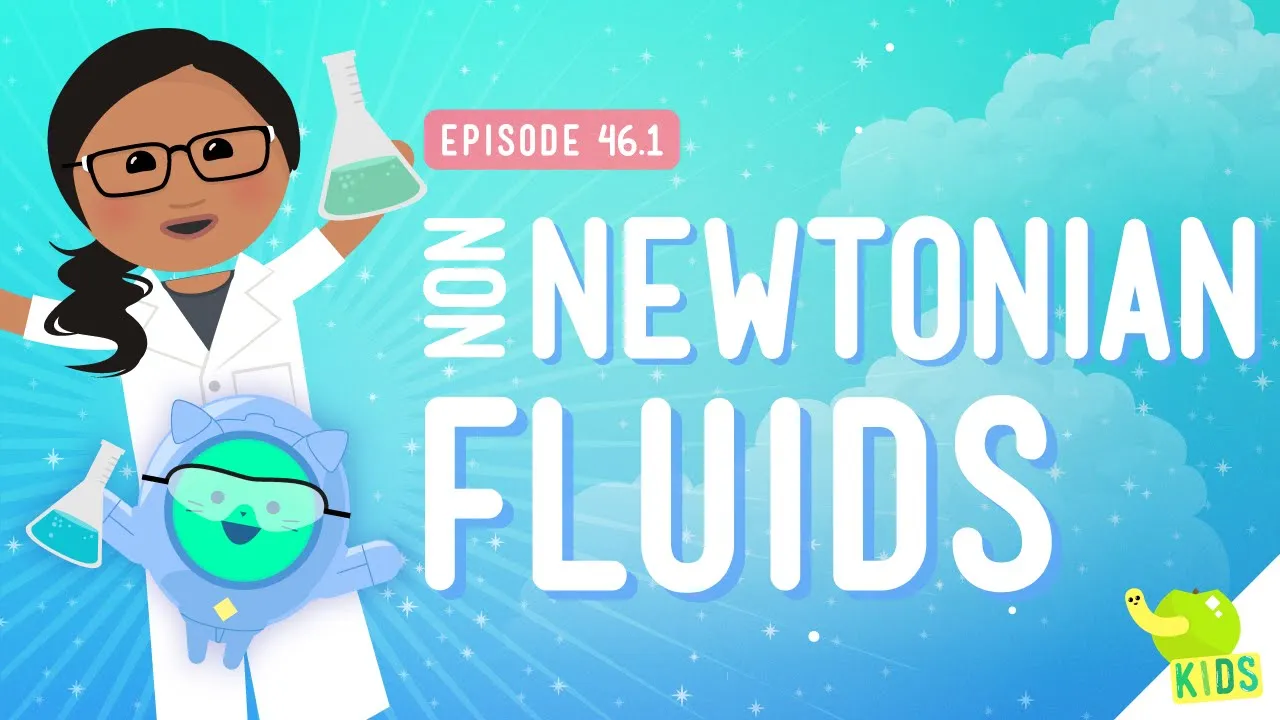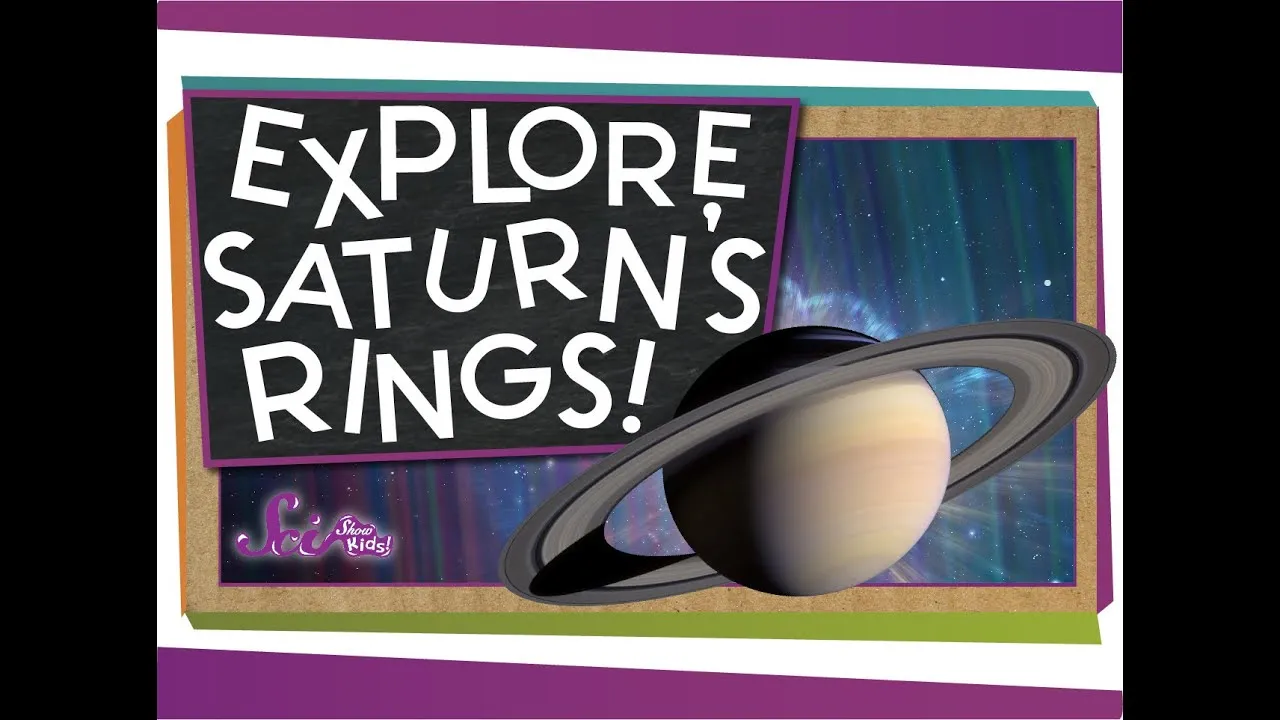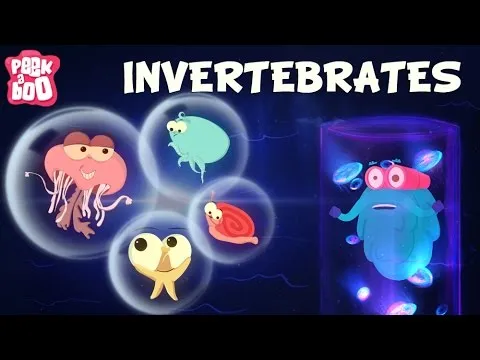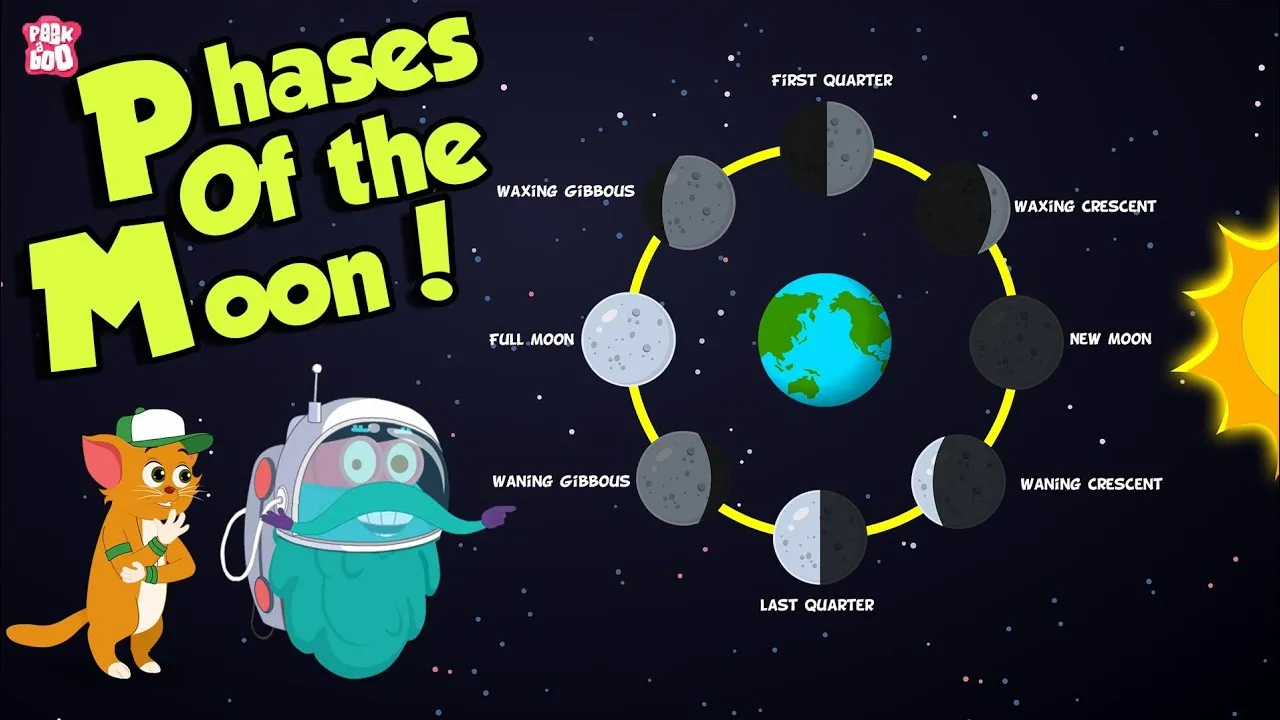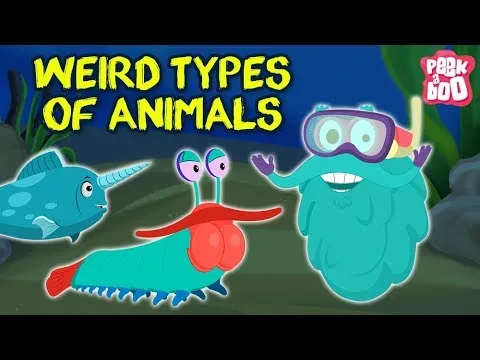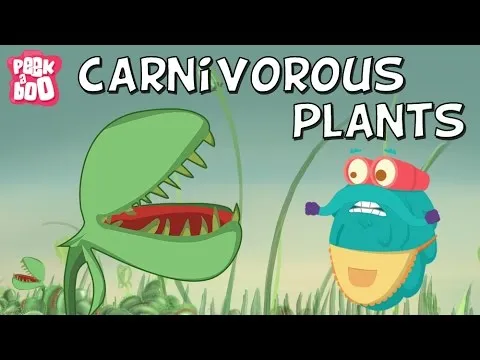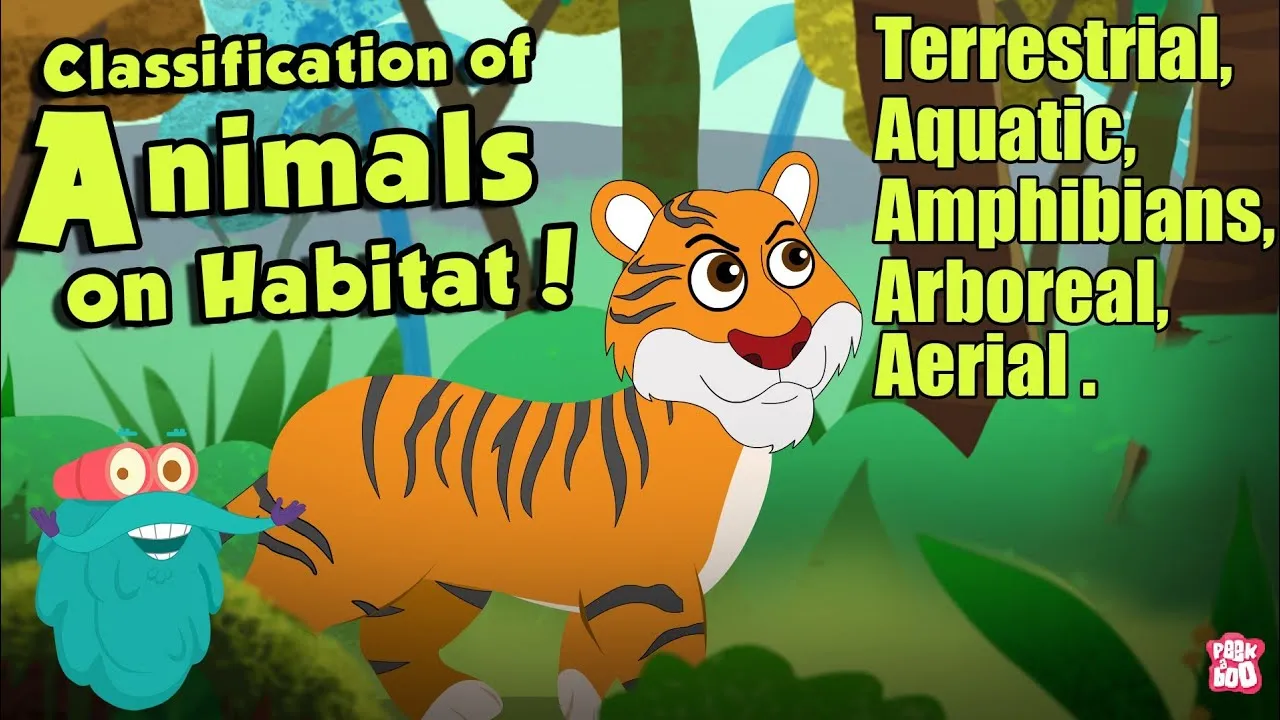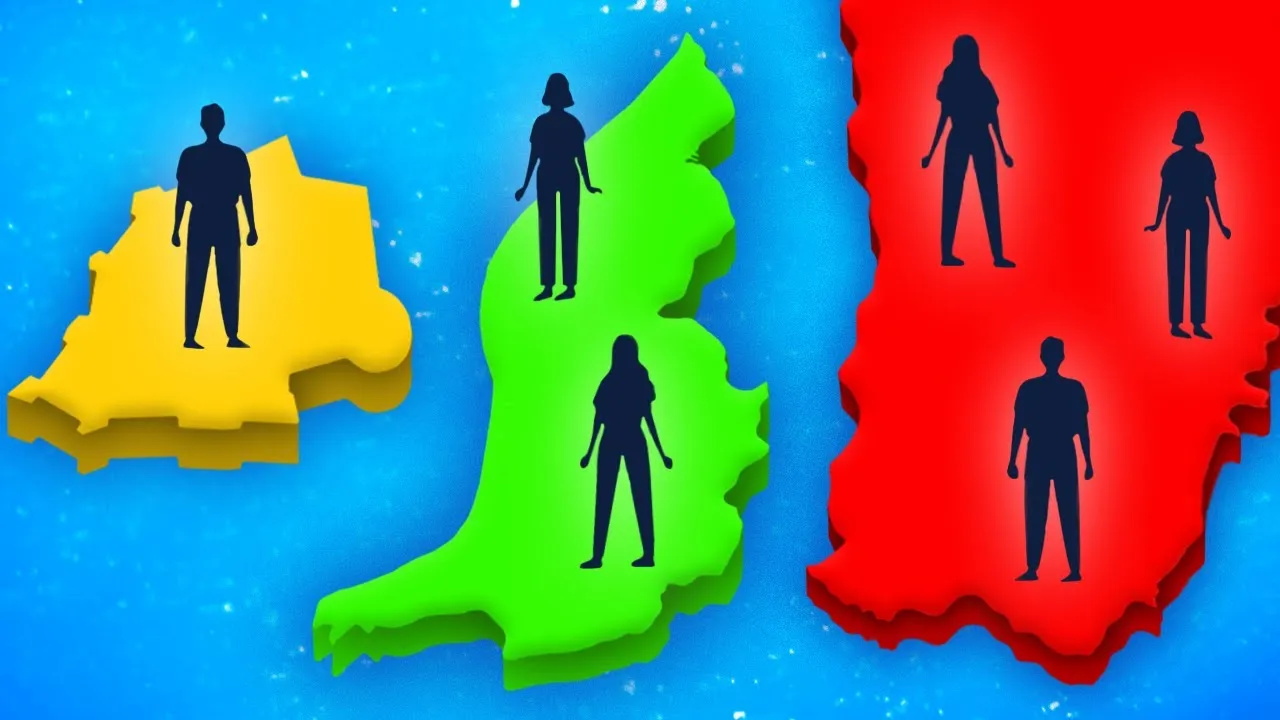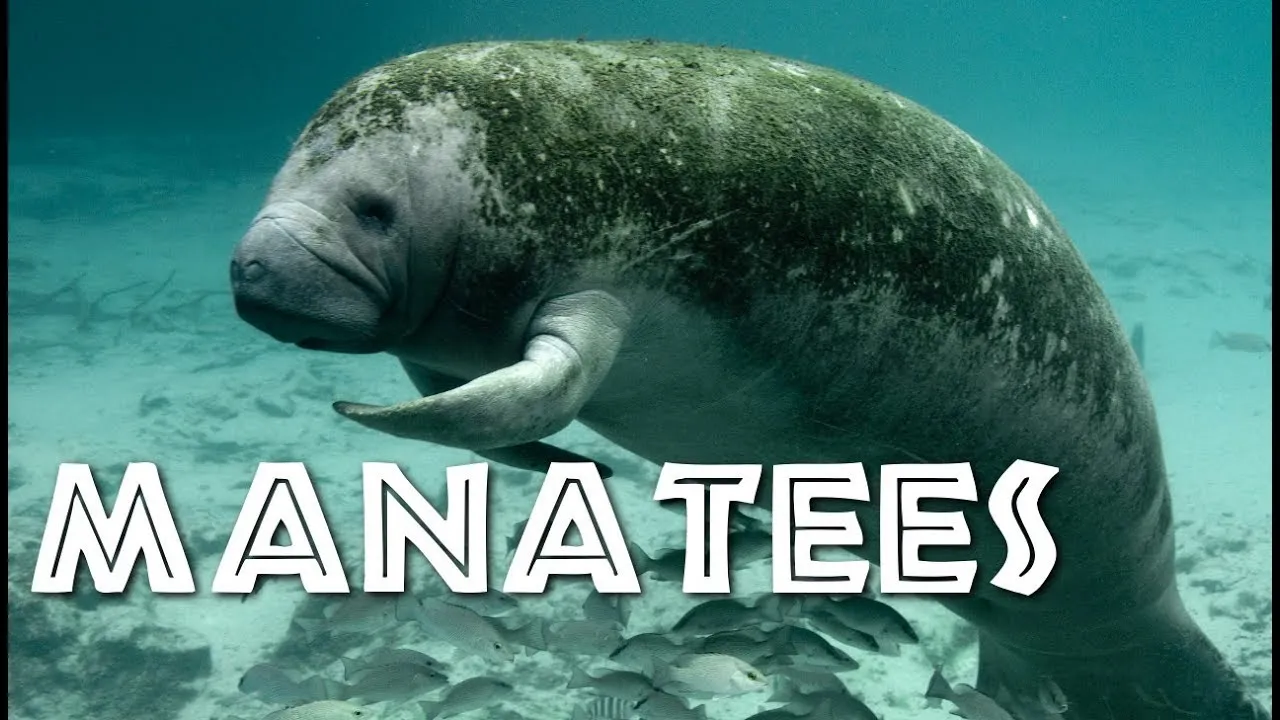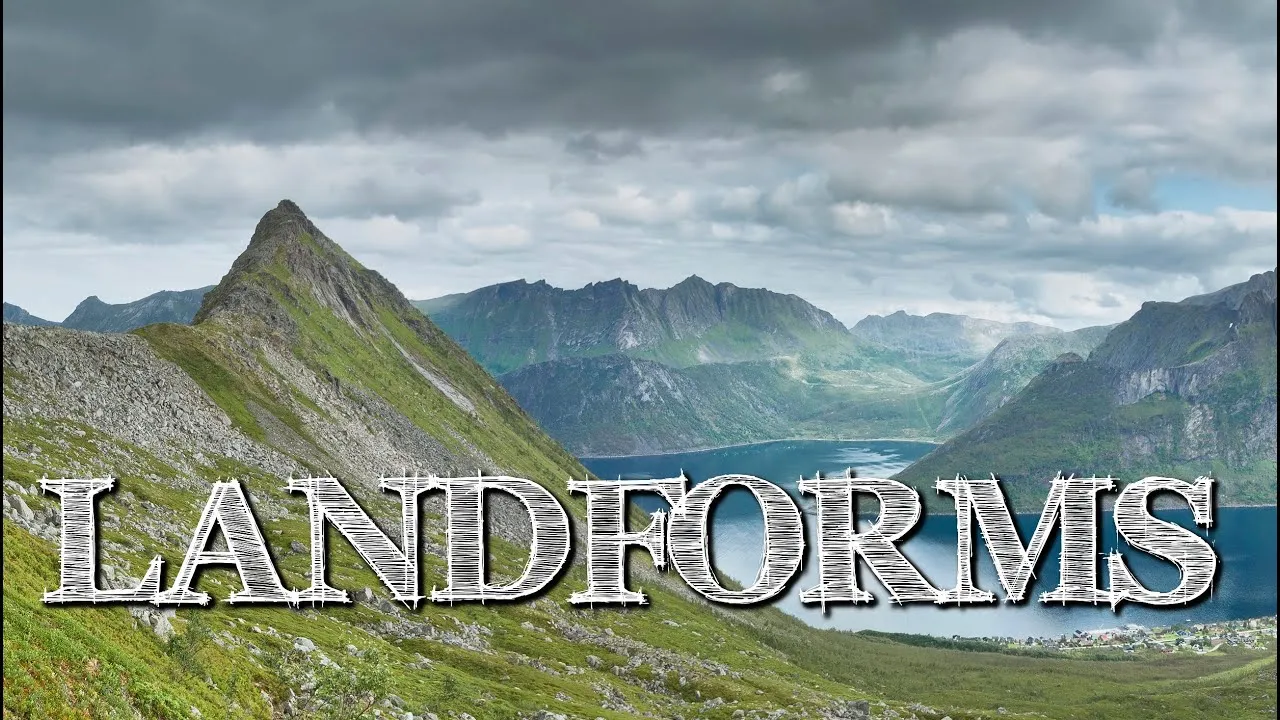Grade 4 Video Lessons
Expand your knowledge with our AI-guided video lessons, tailored for Grade 4 students! We've carefully selected engaging YouTube videos to make learning fun and challenging.
In this lesson, we explored the concept of matter, focusing on its three primary states: solid, liquid, and gas. We then introduced non-Newtonian fluids, specifically oobleck, which exhibit unique properties by behaving like both solids and liquids depending on the pressure applied. This lesson highlights the fascinating complexity of matter and encourages curiosity about materials that defy traditional classifications.
The lesson explores how living organisms adapt to their ever-changing environments to survive. It highlights examples such as pineapples thriving in tropical climates and the peppered moth's color adaptation in response to pollution, illustrating the importance of adaptations in maintaining ecological balance. Additionally, it emphasizes that significant environmental changes can lead to the extinction of species, affecting entire food chains.
The lesson highlights the problem-solving approach of engineers, emphasizing the importance of testing solutions through the engineering process. It explains the concept of isolating variables—changing only one factor at a time to determine its effect on the outcome—using examples like knocking down marshmallows with a slingshot and achieving a strike in bowling. By setting clear criteria for success and methodically testing solutions, engineers can refine their designs and improve their chances of success.
In this lesson, we explored the incredible capabilities of the James Webb Space Telescope, which allows us to see deeper into space than ever before, providing clearer images by operating outside of Earth's atmosphere. We learned about the advancements in telescope technology and how space telescopes can capture previously invisible phenomena, helping us uncover new mysteries of the universe. Additionally, we touched on a fun fact about chameleons and their ability to change colors, highlighting the wonders of science in both space and nature.
The lesson explores the fascinating world of tree rings, which serve as a record of a tree's life and the environmental conditions it has faced. By counting and analyzing these rings, scientists can determine a tree's age and learn about historical events such as droughts and fires, revealing the resilience of trees and their ability to adapt to challenges. Ultimately, the study of tree rings not only tells the story of individual trees but also provides insights into the broader ecological history of an area.
In this lesson, students learn about Saturn, the sixth planet from the sun, known for its stunning rings and numerous moons. They discover that Saturn is a gas giant, much larger than Earth, and explore the composition and movement of its rings, which are made of rock and ice. The lesson also touches on the theories regarding the formation of Saturn's rings and encourages curiosity about space exploration.
In this lesson, we explored various natural cycles, including the changing seasons, the phases of the moon, the water cycle, and the life cycle of salmon. Each cycle demonstrates a repeating pattern that contributes to the balance of our environment, such as how Earth's tilt affects seasonal changes and how water continuously moves through different states. Understanding these cycles helps us appreciate the interconnectedness of nature and the processes that sustain life on our planet.
In this lesson, we explore how geckos, like Kamri's pet Apollo, are able to climb walls without claws or sticky substances. The secret lies in their feet, which are covered in millions of tiny hair-like structures called setae that create a strong grip on surfaces through their split ends. This unique adaptation allows geckos to move effortlessly and explore their environment.
The lesson focuses on the diverse world of invertebrates, which are animals without backbones, and categorizes them into groups such as worms, sea jellies, mollusks, arthropods, and sponges. It highlights their unique characteristics and roles in the ecosystem, emphasizing that invertebrates make up about 97% of all animal species and play a vital part in the food chain. The lesson encourages further exploration of the Animal Kingdom, particularly the vertebrate group.
This lesson explores the phases of the moon, explaining how it reflects sunlight and appears to change shape throughout its lunar cycle. The cycle consists of distinct phases: the new moon, waxing phases (crescent, first quarter, gibbous), full moon, and waning phases (gibbous, last quarter, crescent), completing approximately every 29.5 days. Understanding these phases enhances our appreciation of the moon's relationship with the Earth and the sun.
In this lesson, students explore the fascinating world of unusual animals, highlighting extraordinary creatures such as the powerful mantis shrimp, the resilient tardigrades, and the beautiful yet venomous Glaucus Atlanticus. The lesson emphasizes the incredible diversity of life on Earth, encouraging curiosity and adventure in discovering the wonders of the animal kingdom.
The Day of the Dead, or "Día de los Muertos," is a vibrant Mexican festival celebrated on November 1st and 2nd, honoring deceased loved ones through colorful altars, festive decorations, and joyful gatherings. Rooted in ancient indigenous traditions and influenced by Spanish customs, this celebration emphasizes the natural cycle of life and death, fostering connections between generations. The festival's modern recognition highlights its significance in promoting family bonds and cultural heritage, with the arrival of monarch butterflies symbolizing the spirits of the departed.
This lesson introduces the fascinating world of carnivorous plants, which have evolved unique adaptations to thrive in nutrient-poor environments by capturing and digesting insects and other small creatures. Various types of carnivorous plants, such as pitcher plants, Venus flytraps, and bladder traps, employ different mechanisms to ensnare their prey, showcasing the incredible diversity of life and survival strategies in nature. Ultimately, these remarkable plants highlight the adaptability of organisms and encourage further exploration of the natural world.
This lesson explores the vital role insects play in our ecosystem, highlighting their historical significance as a food source, particularly in various cultures around the world. It delves into the fascinating processes of honey production by bees, the life cycle of butterflies, and the challenges posed by lice, emphasizing the nutritional benefits of insects and their environmental advantages over traditional livestock. Overall, the lesson encourages appreciation for the diverse and essential contributions of insects to our lives and the environment.
In this lesson, we explored how animals are classified based on their habitats, which are the specific environments where they find food, water, and shelter. We learned about five main groups: terrestrial animals that live on land, aquatic animals that thrive in water, amphibians that can exist in both environments, arboreal animals that reside in trees, and aerial animals that spend much of their time flying. Understanding these classifications helps us appreciate the diversity of life on Earth and the unique adaptations that enable animals to survive in their respective habitats.
This lesson explores the ten smallest countries in the world by population, highlighting their unique characteristics and cultural significance. From Vatican City, the smallest country with just 799 residents, to Dominica, known for its lush rainforests, each nation offers a distinct blend of history, natural beauty, and cultural richness despite their small size. The lesson emphasizes the importance of these tiny nations and their contributions to the global tapestry.
In this lesson, we explored the fascinating diversity of heart sizes and beats among various animals, ranging from the tiny mouse to the massive blue whale. Each animal's heart is uniquely adapted to its size and lifestyle, with significant variations in heart rate and weight, highlighting the incredible complexity of nature and the vital role that hearts play in sustaining life.
The lesson explores the thirteen regions of Greece, highlighting their unique features and capital cities. Each region, from the historical significance of Attica with Athens to the natural beauty of Crete, contributes to Greece's rich cultural tapestry. The diversity of landscapes, history, and traditions across these regions showcases the fascinating heritage of this Southeastern European country.
The lesson explores the ten provinces of Zimbabwe, highlighting their unique characteristics and contributions to the country's culture and economy. Key cities like Harare and Bulawayo are emphasized for their significance, while other provinces are noted for their natural beauty, agricultural potential, and historical importance. Overall, the lesson underscores the diversity and richness of Zimbabwe's provinces, enhancing appreciation for the nation's heritage.
The lesson introduces the Scientific Method, a structured approach that scientists use to explore questions and discover answers about the world. It outlines six key steps: asking a question, making observations, forming a hypothesis, designing an experiment, analyzing data, and drawing a conclusion. By following these steps, learners can engage in their own scientific inquiries and contribute to understanding various phenomena.
The lesson on manatees highlights their characteristics as gentle, slow-moving aquatic mammals that inhabit warm waters and primarily feed on underwater plants. It discusses their unique adaptations, such as continuously growing teeth and whisker-like hairs that aid in navigation, as well as their historical misidentification as mermaids by sailors. Additionally, the lesson emphasizes the importance of conservation efforts to protect manatees from habitat loss and boat collisions, ensuring their survival for future generations.
The lesson explores the significance of Maryland, known as the "Old Line State" and the "Free State," highlighting its diverse climates and rich history. It discusses Maryland's role in American history, including its admission as the seventh state and its contribution to the creation of Washington, D.C. Additionally, the lesson emphasizes Maryland's cultural impact, particularly through the inspiration behind the national anthem, "The Star-Spangled Banner," during the War of 1812.
In this lesson, we explored the diverse landforms that make up our planet, including the seven continents and five major oceans, as well as smaller features like mountains, valleys, islands, and coastal formations. We learned about the characteristics of various landforms, such as plains and plateaus, and their significance in shaping Earth's landscape and supporting life. Understanding these natural formations enhances our appreciation of the beauty and complexity of our world.
The lesson explains why the sky appears blue, highlighting that sunlight, although seemingly white, consists of various colors that travel in waves of different lengths. When sunlight interacts with the atmosphere, shorter blue and violet wavelengths scatter more than others, but we predominantly see blue due to the greater abundance of blue light and our eyes' sensitivity to it. This fascinating interplay between sunlight and atmospheric gases reveals the beauty of nature's phenomena.
